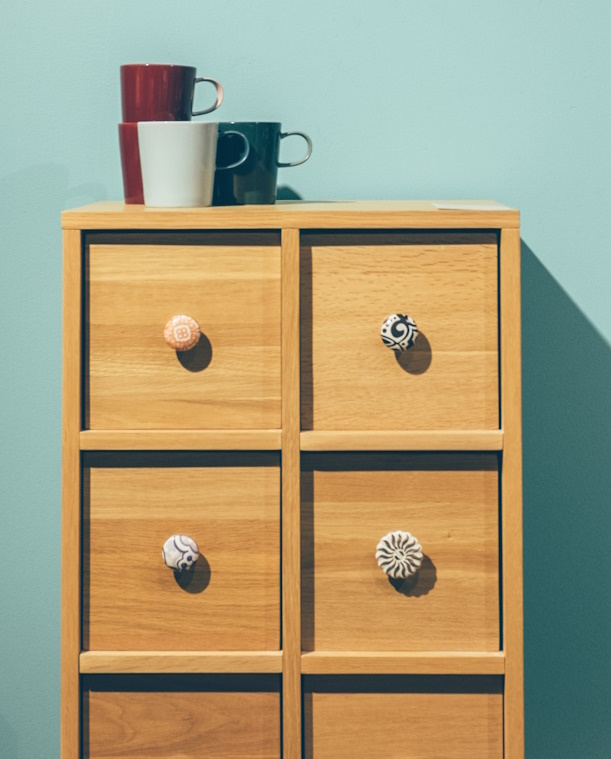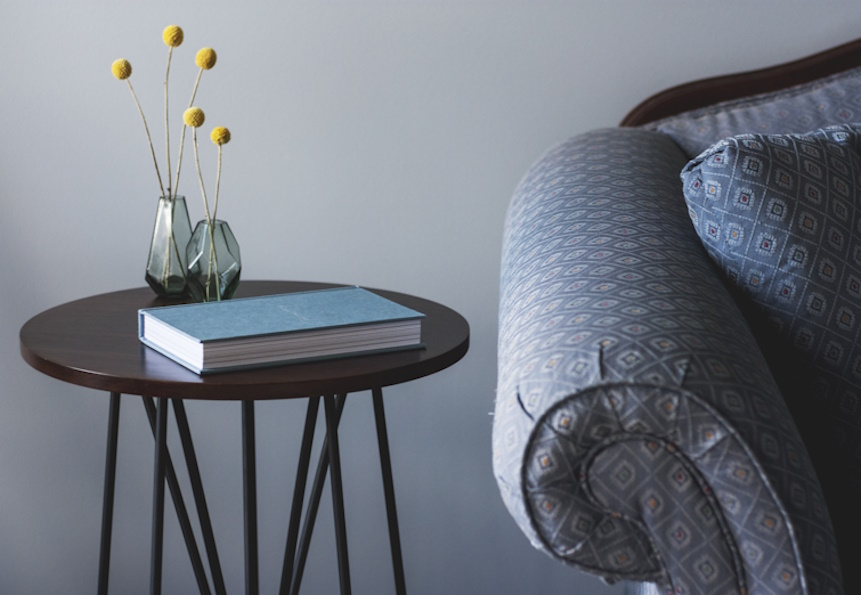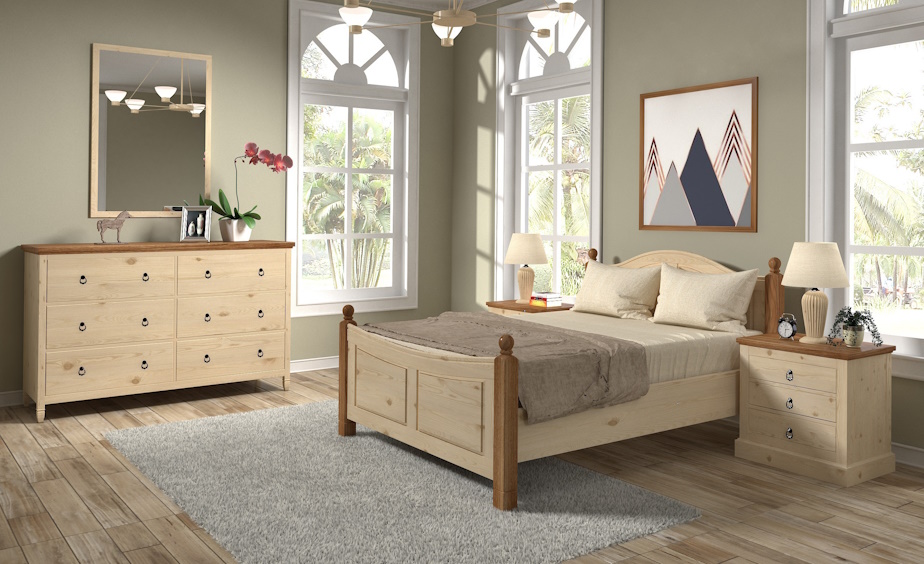Minimalism is not about deprivation; it’s about intentional living. Minimalism first emerged onto the world stage in the 1920s in the elements of architecture and was brought into the areas of music and art in the 1960s. Literature quickly picked up the minimalism style in the 1970s. It was not until the 1990s that minimalism was referred to as a lifestyle and philosophy. As an organizer by nature, minimalist living sounds intriguing and exciting. To be clear, you don’t have to get rid of everything you own to embrace minimalist principles.
What is Minimalist Living?
Imagine your life as a house completely filled with furniture, knick-knacks, handy tools, craft materials, dishes, and clothes with only the narrowest path to navigate from door to door. A gorgeous oak dining table covered with fabulous clothes, photo albums to be filled, and gifts for the birthday party next week. There is so much “stuff” that you cannot even enjoy a meal at the table. So, you stand in the living room entryway and eat a salad while watching the movie you’ve been waiting to come out because the furniture is full of new outfits and amazing bargains from the discount mall.
The closets are brimming full, leaving no place to put anything, and you cannot shut the doors. Minimalism sweeps through like a gentle breeze, clears away unnecessary clutter and excess, and leaves behind only your essentials—creating space for clarity, intentionality, joy, and peace. Minimalism extends deeper than just decluttering your physical space; it is more about a profound transformation of mindset and lifestyle. Minimalist living is a deliberate choice to focus on what truly matters and eliminate the excess baggage in life that weighs us down emotionally and physically.

Principles of Minimalism
At its core, minimalist living revolves around a few key principles:
- Intentionality: Every possession, activity, and relationship in your life should serve a purpose and bring value. Ask yourself: Does this item/activity contribute to my happiness and well-being, or is it merely taking up space/time?
- Simplicity: Simplify your life by eliminating excess and focusing on what truly matters. It’s about stripping away the hindering, unnecessary layers to reveal the simple beauty beneath. If there are things you are torn between keeping or letting go, ask another question: What am I trying to accomplish for myself, and does this bring me closer to that goal?
- Mindfulness: Cultivate awareness in daily choices. Appreciate simplicity and find contentment in the present moment. Constantly anticipating the future—weekends, parties, outings—leads to disappointment when plans change due to rain, work, or illness. Living in perpetual anticipation or reflection creates regret as we miss experiencing the here and now.

Benefits of Minimalist Living
Embracing minimalist living can lead to a multitude of benefits:
- Reduced Stress: Clutter and excess things can overwhelm the mind, leading to increased stress and anxiety. By simplifying your surroundings and lifestyle, you create a peaceful and tranquil environment that promotes mental well-being. Minimalism encourages mindfulness and presence, helping to alleviate stress and anxiety.
- Increased Freedom: Minimalism liberates you from the burden of material possessions and societal expectations. With fewer belongings weighing you down and obligations of your time, you gain the freedom to pursue your passions.
- Improved Finances: By cutting unnecessary expenses and curbing impulse purchases, you will have more financial freedom to invest in experiences rather than possessions.
- Enhanced Relationships: Minimalism encourages meaningful connections and experiences rather than material possessions. By prioritizing quality time with loved ones, you strengthen your relationships and create lasting memories. A couple I know take their children and grandchildren on annual family vacations instead of giving Christmas or birthday gifts. They understand the importance of quality relationships.

Tips for Minimalist Living
Here are some practical tips to get you started on your minimalist life path:
- Declutter Mindfully: Clear your space room by room, keeping only what brings value. Though challenging with sentimental items, remember that memories live in you, not objects. Keep only the most meaningful things. Bring someone to encourage you and provide accountability on this physical journey.
- Focus on Experiences: Instead of accumulating more stuff, invest in experiences that bring joy and fulfillment. Whether it’s traveling, learning a new skill, or spending time outdoors, prioritize experiences over your need for things. Write down a bucket list of sorts of things you want to accomplish, do, or experience. Categorize them into three columns. The inexpensive and simple; the expensive and difficult; and everything in between. Post it where you can often remind yourself of the reason you are on this path.
- Practice Gratitude: Cultivate gratitude for what you already have. Take time each day to appreciate the simple pleasures—a warm cup of coffee, a beautiful sunset, or a heartfelt conversation with a friend. Take the challenge of writing out 100 things you are thankful for. It is amazing the in-depth clarity you begin to see within your life.
- Streamline Your Digital Media: Clear your inbox, unsubscribe from unwanted emails, and reduce screen time. Once controlled, maintaining digital cleanliness requires minimal effort. Replace television and commercials with family nights, games, walks, or conversations on the porch swing. Our time is limited—use it meaningfully.
Set Boundaries: Learn to say no to things that don’t match with your new values. Establish boundaries to protect your time, energy, and well-being. Surround yourself with like-minded individuals and constantly re-assess your priorities to stay aligned with minimalist principles.
It’s a Journey, Not a Destination
Embracing minimalist living is not a destination but a journey—a continuous process of refinement and self-discovery. Along the way, you’ll encounter challenges and setbacks, but remember that every step towards simplicity brings you closer to a life of fulfillment and purpose.
Minimalist living offers a path to greater simplicity, clarity, and fulfillment in an increasingly complex world. By embracing the principles of minimalism and decluttering your life, you create space for what truly matters—cultivating joy, purpose, and meaningful connections. So, take the first step on your minimalist journey today and discover the beauty of living with less! I am all in and moving forward towards the amazing world of simplicity and peace.




